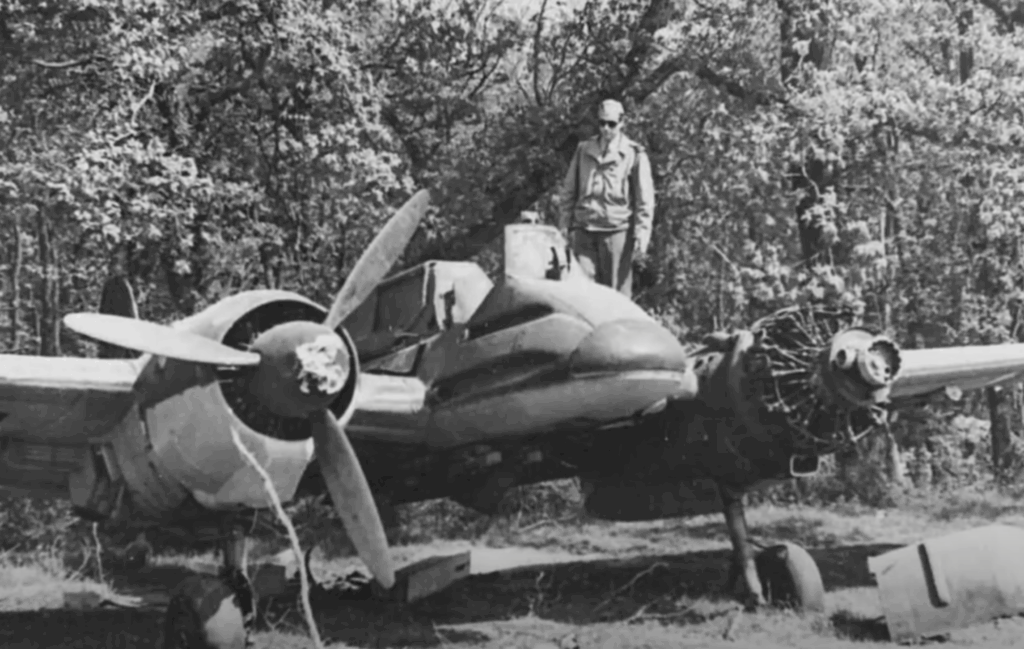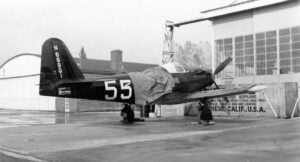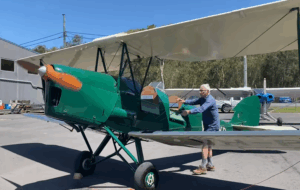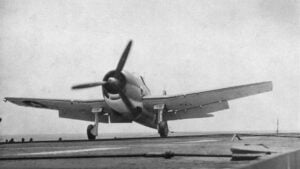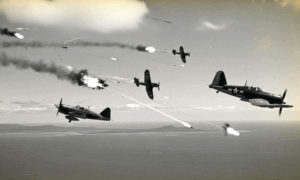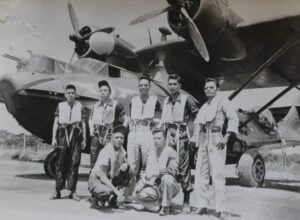The Real Grandfather of the A10 Warthog and It’s Not The P-47 Thunderbolt
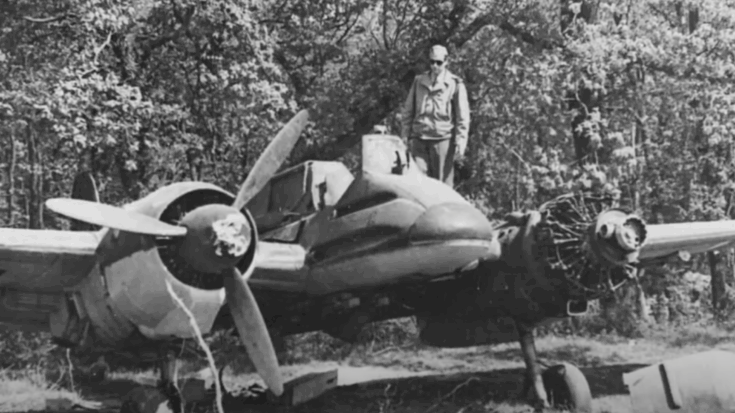
Panzer Archeology / YouTube
During the Second World War, most attack planes were adapted from fighters or bombers. However, one aircraft stood out for being designed specifically to destroy tanks. The Henschel Hs 129 was a German twin-engine ground-attack aircraft created with one goal: to stop the waves of Soviet armored vehicles on the Eastern Front. While it had design issues, its impact in the field gave it a strong reputation among those who flew it.
Pilots who operated the Hs 129 gave it names like “Panzerknacker” (tank cracker) and “Büchsenöffner” (can opener) because of its ability to break through armored targets. In several cases, Hs 129 pilots were credited with destroying over 50 tanks each. Despite having poor visibility from the cockpit and engines that were often underpowered, it played a major role in stopping enemy armor during key battles.
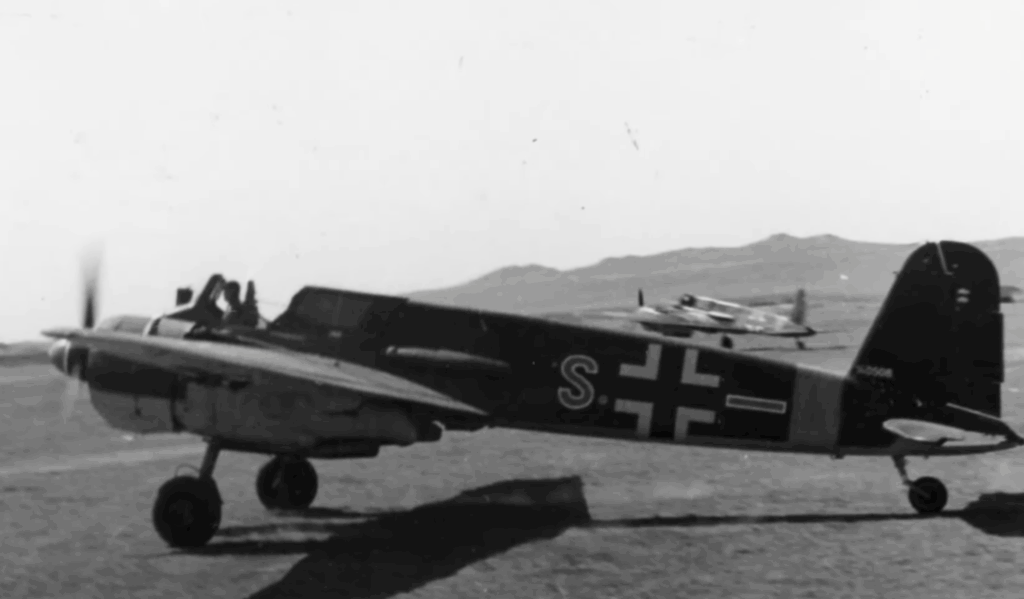
Changing Attitudes After Early War Experience
Although Germany had experience with ground-attack aircraft dating back to the First World War, military leadership was slow to support dedicated close-air support during the 1930s. At the time, the belief was that dive bombers, especially the Ju 87, could handle all battlefield support duties. But this changed during the Spanish Civil War, where real combat testing showed that dive bombers were too slow and exposed for low-level support against strong defenses.
This led to new thinking within the air force, and the need for a tougher, more specialized aircraft became clear. The Henschel Hs 123 was one of the early answers to this need, but it was only the beginning. A new requirement was issued in 1937 for a heavily protected, low-flying attack plane that could survive over the front lines while hitting armored targets directly.
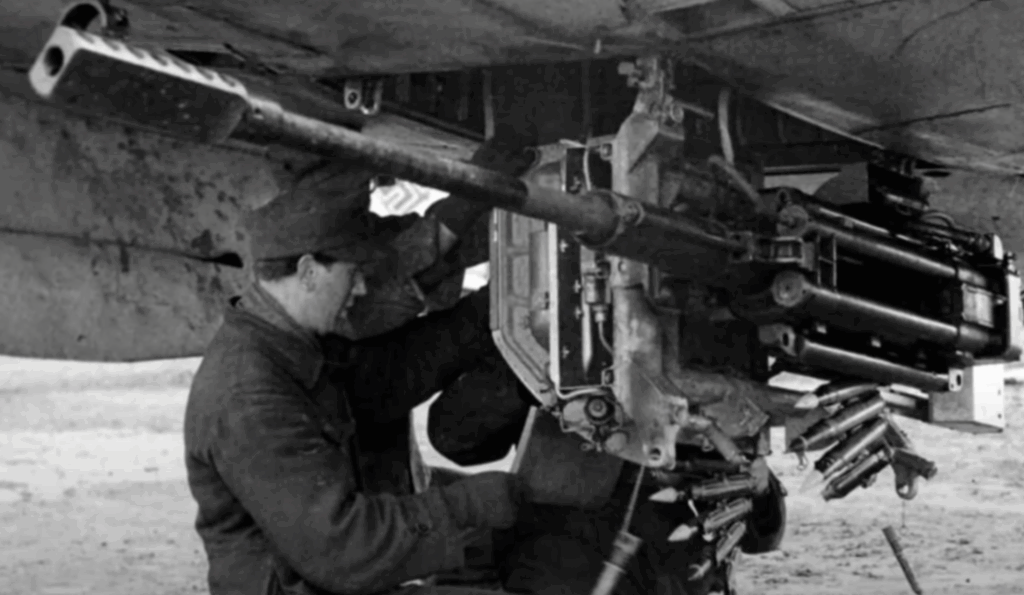
Design with a Focus on Survival
The Hs 129 was created as a small, heavily armored aircraft built to fly close to enemy tanks. Armor plating was wrapped around the cockpit, fuel tanks, and engines, making it one of the most protected aircraft of the war. Because space was limited inside, some flight instruments had to be installed on the engine covers, and the gunsight was mounted outside the front glass.
The first version used Argus As 410 engines, which were not powerful enough for the weight of the aircraft. Later versions used captured French Gnome-Rhône radial engines, which improved performance. Still, the Hs 129 was considered difficult to control and visibility remained a major problem for pilots, especially during low-level attacks.
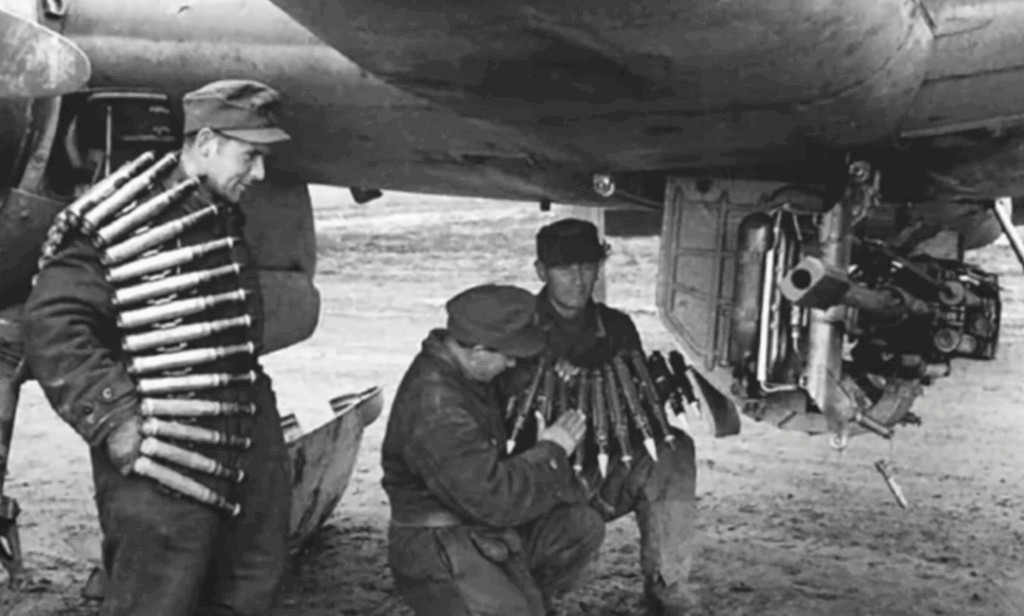
Combat Use and Legacy in the East
Despite its problems, the Hs 129 entered service in 1941 and quickly became the main tank-killer for the German air force on the Eastern Front. It proved especially important during the large battles involving Soviet armored divisions. The aircraft’s strong armor and powerful guns allowed it to stay in action, even under heavy fire.
Other countries allied with Germany, such as Romania and Hungary, also used the Hs 129 in combat. It never became a perfect aircraft, but its role in supporting ground troops made it valuable. Its design—a flying gun built to survive—would inspire future aircraft concepts focused on close support, much like the modern A-10 Warthog decades later.
